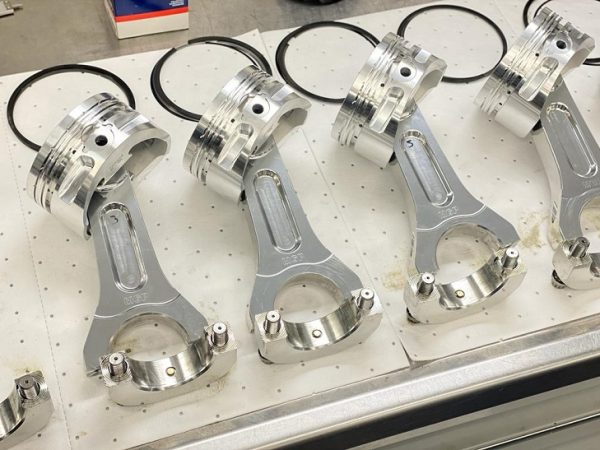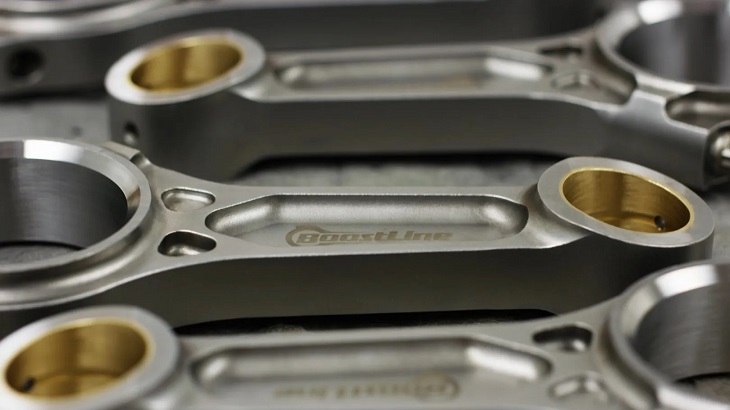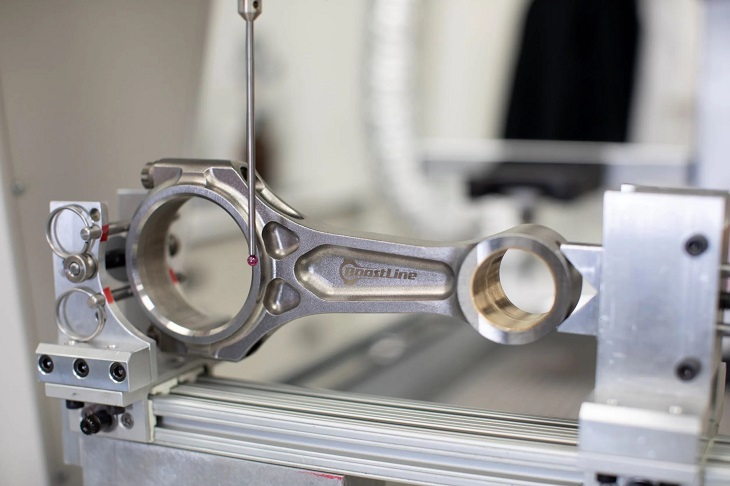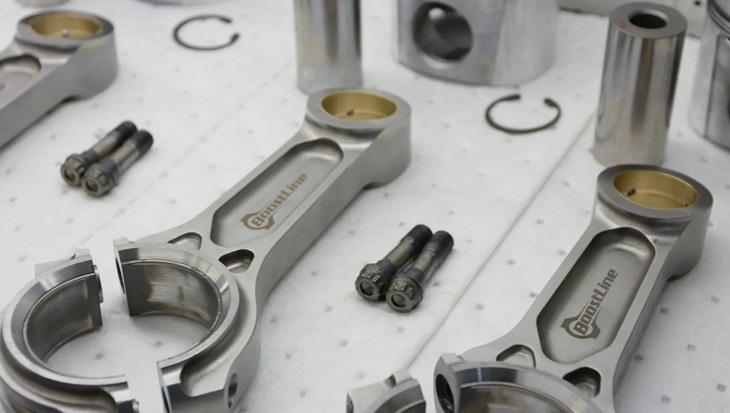09
Dec

If the engine is the heart of the vehicle, then the piston and connecting rods are at the heart of the engine. Engine builders and mechanics know how important the pistons you use in the engine are for performance. There are two major categories for connecting rods – forged and billet. Both types can be made using different materials, each of which comes with its own pros and cons. The connecting rods are located between the centres of the crankshaft journal bore and the piston pin bore. They’re sized in inches or millimetres. Getting the right size will impact the rod ratio, and if you choose a longer rod length, you’ll need new pistons with the right compression height.

Steel is a common material used in OEM conrods, but aftermarket piston rods can be made using aluminium and titanium. Titanium is the most lightweight and durable option out of the three, but it’s very expensive and doesn’t last as long as aluminium and steel. Aluminium conrods are used in applications with high RPMs and lots of boost, as the conrod acts similar to a spring or a shock absorber in a suspension system. The role of the conrod is to cushion the forces of the combustion and be a buffer between the expensive crankshaft and pistons. Steel rods are rigid and work more like a hammer than shock absorbers, which can lead to crank damage or rod failure.
While some consider aluminium rods appropriate for steel use, some people caution against them. Aluminium connecting rods act like a spring, meaning they have a very finite lifespan, as the spring can only compress and return to its original form so many times. Deformation, in the world of rods, is considered rod failure. For that reason, many people who use their vehicles mainly for everyday riding, are better off with a steel conrod. Aluminium conrods, on the other hand, are mainly used by racers and engine builders. Even though the aluminium conrod will deform, the crank and the piston don’t take as much abuse.
And if you want to reduce weight with steel’s strength and longevity, then you should go for a titanium conrod. However, the price you pay might outweigh your decision to reduce the weight.

The relationship between stroke and rod length of the crankshaft is important to some, while not so much for others. Toying around with the rod ratio can produce more power or make the engine more efficient. Changing the rod length, however, does have its own advantages. The rod length, divided by the crank stroke is how you get the rod ratio. For instance, if you’re building an SBC 350 with 5.7″ rods and a 3.48″ stroke, the rod ratio would be 1.64″.
A lower rod ratio means more side forces going up against the cylinder walls, thus increasing the wear on the piston skirts. The increase in friction can also increase oil and coolant temperatures. While there isn’t the best ratio, some builders prefer to use the longest rods to make more peak and mid-ranged RMP power. Other builders say that it doesn’t really matter.
There is no clear-cut rule, as there are some engines with lower rod ratios that can outperform engines of the same displacement with a higher rod ratio. This is a result of design differences and porting of the cylinder heads, valve angles, valve sizes, camshaft lift and duration, tuning and different intake systems.
Shorter rods, in general, provide more bottom-end power and throttle response in a wider RPM range. Longer rods, as I already mentioned, can produce more top-end power inside a narrow RPM range. That being said, longer rods are generally used in high-revving endurance applications. However, more rod length means less angularity and peak piston speed, making the piston dwell longer at the top dead centre on exhaust and compression.
Combustion pressure will have more time to build up before the piston pushes down. The piston velocity is higher later on the downstroke, which makes longer rods work better in high-revving situations.
On the downside, you get reduced scavenging and lower RPMs. Using shorter rods that pull the piston away from the top dead centre faster will improve scavenging. This is a result of the improved throttle response and airflow at lower RPMs. This is what’s preferred in street performance applications. The rod length can also impact airflow in the RPM range where peak torque and power are produced. For that reason, rod length should be matched to the cam grind and intake runner volume in the cylinder to optimise performance.

The number one reason piston rods fail is installer error, such as torquing the rod improperly, lubrication issues, wrist pin seizing the piston bor, the rod bearing overheating and seizing if starved for oil, etc. Connection rods are stronger in compression than tension, so a weak rod may stretch the rod to the breaking point, making the big end or small end fail. Rarely do rods fail under compression loads, unless they’re too heavy for high-hp applications.